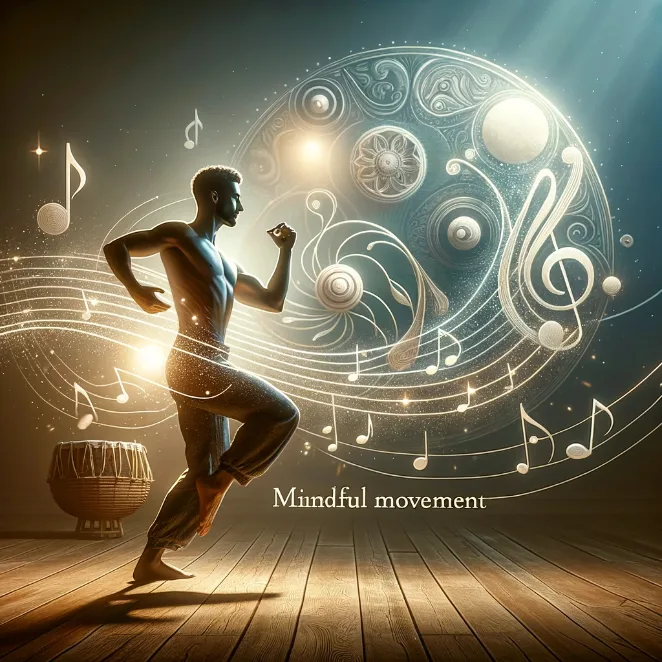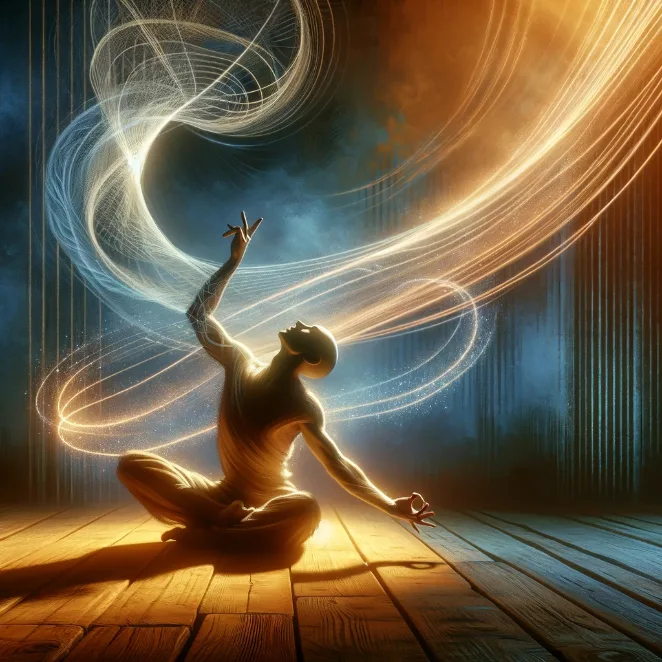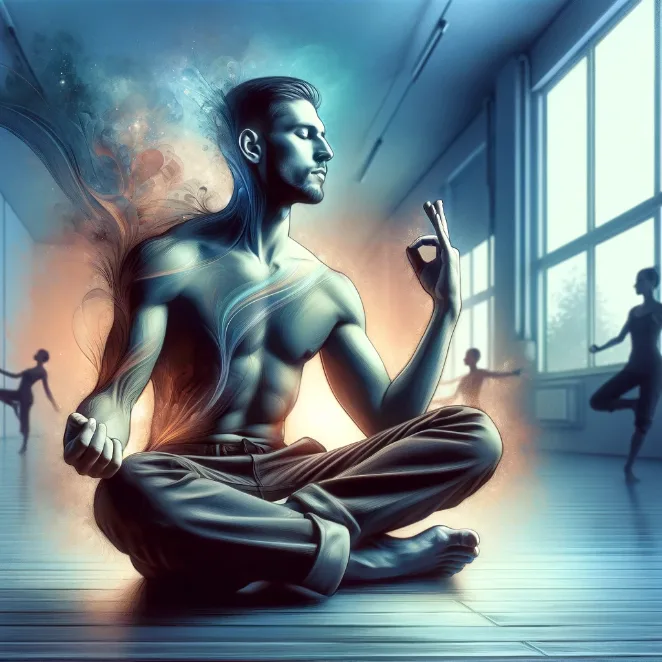
The Art Of Mindful Movement In Dance
In the realm of meditation, the concept of mindful movement introduces a dynamic and expressive path to inner peace, blending the physicality of movement with the mindfulness of meditation. Dance, in this context, transcends its traditional boundaries to become a meditative practice, a form of Mindful Movement. This unique approach unites the rhythm of the body with the stillness of the mind, creating a harmonious balance that nurtures both physical and mental well-being. Unlike static meditation practices, mindful movement through dance offers a vibrant avenue to mindfulness, allowing practitioners to explore and express their inner emotions fluidly. This article delves into the world of mindful movement in dance, highlighting its benefits, techniques, and transformative potential.
article by Hina Kurosawa
The Philosophy Behind Mindful Movement In Dance
Mindful movement in dance is rooted in the principle that physical movement and mental awareness are interconnected. This approach to dance focuses not on performance or aesthetic, but on the experience of the moment, the awareness of the body moving in space, and the sensations that arise. It involves being fully present in each movement, connecting with the breath, and observing the flow of thoughts and emotions without judgment. This form of dance encourages practitioners to let go of external pressures and judgments, allowing the body to move freely and intuitively. The mindful aspect of this dance practice offers a deep sense of grounding, as it brings attention to the present moment, creating a meditative state that is both calming and energizing. In this space, dancers find a unique expression of their inner self, as each movement becomes a reflection of their internal state.

Benefits Of Mindful Movement In Dance
Engaging in mindful movement through dance offers a plethora of benefits that extend beyond physical fitness. This practice enhances body awareness, improving balance, coordination, and flexibility. It also serves as a powerful tool for stress reduction, as the combination of movement and mindfulness helps in releasing tension both physically and mentally. The meditative aspect of dance fosters mental clarity and emotional stability, encouraging a sense of peace and well-being. Additionally, this form of dance allows for emotional expression and release, providing a therapeutic outlet for feelings that might be difficult to articulate verbally. For many, mindful movement in dance becomes a journey of self-discovery and personal growth, as it deepens the connection between body, mind, and spirit.

Incorporating Mindfulness Into Dance Practice
To incorporate mindfulness into dance, one must approach movement with intention and awareness. Begin by setting aside a dedicated time and space for your practice, free from distractions. Start with a few moments of stillness, focusing on your breath and setting an intention for your session. As you start to move, let your movements be guided by your breath, maintaining a gentle focus on your body's sensations and movements. Allow yourself to move without judgment or expectation, embracing the flow of movements that arise naturally. Pay attention to the emotions and thoughts that surface, acknowledging them without getting caught in them. This mindful approach to dance is less about choreography and more about connecting with the present moment through your body's natural rhythm and movement.

The Role of Music in Mindful Movement
Music plays a pivotal role in mindful movement in dance. It acts as a guide that can influence the rhythm and mood of the dance. The choice of music should resonate with the practitioner, facilitating a deeper connection with the movement. Music with a soothing and rhythmic quality can help in maintaining a meditative focus, allowing dancers to move more intuitively and expressively. However, the music should not overpower the dancer's awareness of their body and movements. The harmony between music, movement, and mindfulness creates a holistic experience that enriches the practice of mindful dance.
Mindful movement through dance is a transformative practice that offers a unique path to mindfulness, blending the joy of dance with the serenity of meditation. It stands as a testament to the power of uniting mind and body in harmony, offering a holistic approach to well-being. This practice invites individuals to experience meditation not just in stillness but in motion, in the rhythm of their bodies, and in the expression of their souls. Whether as a form of stress relief, self-expression, or spiritual exploration, mindful movement in dance provides a dynamic and fulfilling path to personal growth and inner peace.
Published: 11/27/2023
Modified: 11/27/2023
More predictions
Come back here soon to learn more about yourself and your future


Zen in the Zoo: The Keeper's Calm
In the world where nature's rawness meets human care, Alex Hartman's story stands out as a beacon of serenity and balance. Working as a zookeeper at the bustling city zoo, Alex discovered an unexpected ally in meditation, reshaping not only his professional approach but also his personal outlook. Amidst the roars, chirps, and rustles, his journey into mindfulness offers a unique lens to view the chaotic yet rewarding world of zookeeping. This tale is more than about tending to wild animals; it's about cultivating an inner peace that echoes through the cages and enclosures. It underscores how meditation can serve as a bridge between the demanding tasks of zookeeping and the quest for personal tranquility.


Kundalini Meditation: Unleashing the Power Within
Kundalini Meditation, an ancient and profound practice, offers a journey into the depths of one's inner energy and consciousness. Centered around awakening the Kundalini - a dormant energy at the base of the spine - this form of meditation is a transformative process that transcends mere relaxation or stress relief. It's a holistic practice that not only brings about spiritual awakening but also fosters physical and emotional healing. In this article, we delve into the intricacies of Kundalini Meditation, exploring how it awakens inner energy and its profound impact on personal growth and well-being.


Meditation and Carpentry: Crafting Presence
In the intricate world of craftsmanship, carpentry stands as a testament to the union of skill and creativity. However, for Jacob Stone, a seasoned carpenter with over two decades of experience, the introduction of meditation into his craft brought about an unexpected yet profound transformation. His story is not just about cutting and shaping wood but about how the integration of mindfulness reshaped his approach to carpentry and his life. It goes beyond the surface of tools and timber, exploring a deeper connection between the focused calm of meditation and the meticulous art of building. Jacob's journey reveals a fascinating interplay between the physicality of carpentry and the mental discipline of meditation, illustrating how mindfulness can transform a profession into an act of serene presence.